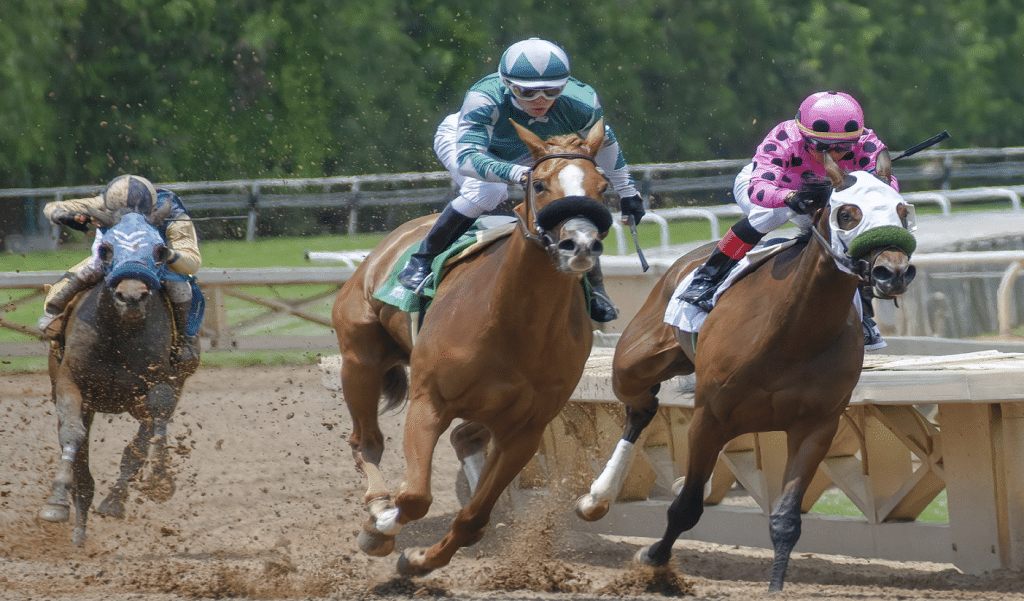Horse racing is one of the oldest and most thrilling sports, captivating audiences with its speed, strategy, and competitive spirit. In close races, determining the winner by eye alone is nearly impossible. That’s where photo-finish technology steps in, ensuring accuracy and fairness in identifying the victor. This sophisticated system combines advanced optics and precise timing to deliver results down to the smallest fractions of a second.
Understanding Photo-Finish Technology
Photo-finish technology plays a critical role in horse racing by eliminating any ambiguity when competitors cross the finish line almost simultaneously. It uses high-speed cameras and specialized timing equipment to capture precise images of the moment horses pass the finish line. Unlike conventional cameras, photo-finish cameras are uniquely designed for accuracy in fast-paced events.
High-Speed Cameras and Line-Scanning Technology
At the heart of photo-finish systems are high-speed cameras capable of capturing thousands of images per second. These cameras are equipped with line-scanning technology, which works differently from traditional photography. Instead of taking a single snapshot, the camera continuously scans a narrow vertical plane aligned with the finish line. As horses move past this point, the camera captures their movement one line at a time.
This method creates a composite image where time replaces spatial width. Each segment of the photo corresponds to a specific moment, allowing race officials to analyze precisely when each horse crossed the line.
Integration with Timing Systems
Accurate timing is crucial for photo-finish technology to work seamlessly. The system is synchronized with highly precise timing equipment, often accurate to thousandths of a second. This synchronization ensures the camera captures the exact moment each horse’s nose crosses the finish line.
Sophisticated software processes the captured data, matching time stamps with corresponding image frames. This integration eliminates discrepancies, providing an indisputable visual and numerical record of the race outcome.
The Role of Calibration and Setup
Proper calibration and setup are essential for photo-finish technology to function reliably. The camera must be perfectly aligned with the finish line to avoid distortions or inaccuracies. Race officials typically conduct rigorous testing before each event to ensure everything operates flawlessly.
Calibration also involves adjusting the camera’s frame rate and light sensitivity. Horse races often occur in varying conditions, such as bright daylight or under artificial lighting, and these adjustments ensure consistent image quality regardless of the environment.
Interpreting the Results
The final output of a photo-finish system is a composite image, often referred to as a “strip photo.” Unlike regular photographs, this image does not depict the scene as it appears to the human eye. Instead, it represents the exact order and timing of horses crossing the finish line.
Race officials review the strip photo to determine the winner. They focus on the nose of each horse, as this is the standard point used to judge the finish. The system’s accuracy allows officials to resolve even the tightest finishes with confidence.
Advantages of Photo-Finish Technology
Photo-finish technology offers several advantages, making it a cornerstone of modern horse racing. Its precision ensures fairness by removing any uncertainty in race outcomes, which is crucial for maintaining the sport’s integrity. This accuracy is especially vital for bettors who depend on clear results when making informed decisions. For instance, those studying Pimlico race picks today or in the coming days leading up to the race can trust that even the closest finishes are resolved with pinpoint precision, providing a reliable basis for evaluating contenders.
The transparency provided by photo-finish systems also enhances the experience for participants and fans. The visual record of the race outcome can be reviewed and verified, ensuring no disputes arise. Additionally, the speed of these systems allows for quick decision-making, which is essential during large events with high stakes and extensive betting activity.
Understanding Photo-Finish Technology in Horse Racing
Photo-finish technology has revolutionized horse racing by combining advanced optics, precise timing, and seamless integration. This system not only ensures fairness but also enhances the integrity of the sport by providing indisputable evidence in the event of close finishes. As horse racing continues to captivate audiences worldwide, the reliability of photo-finish technology remains a cornerstone of its success.
